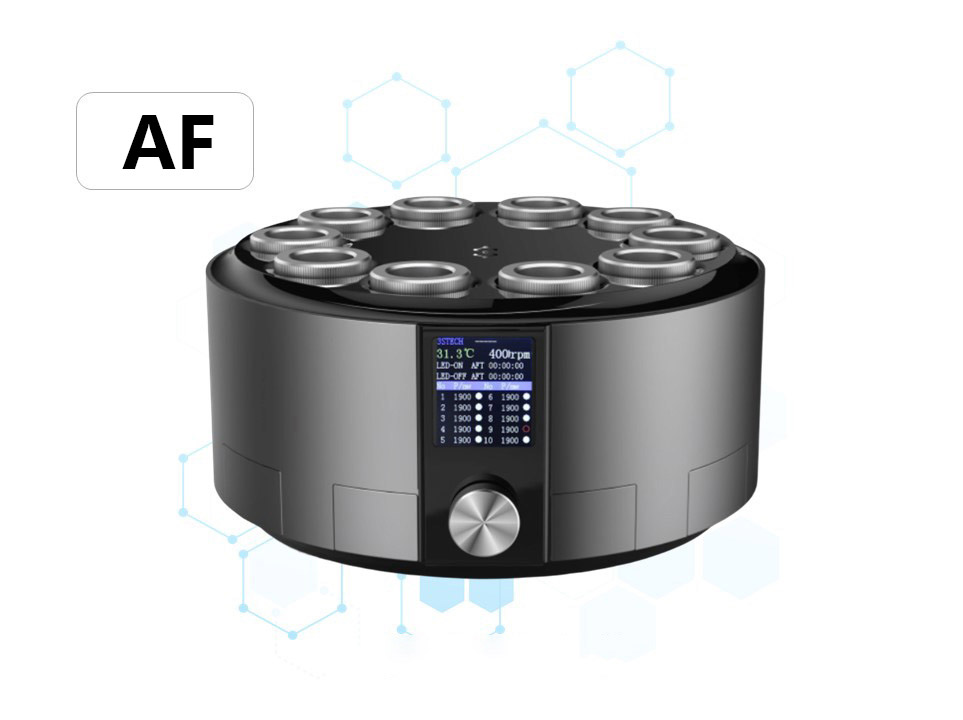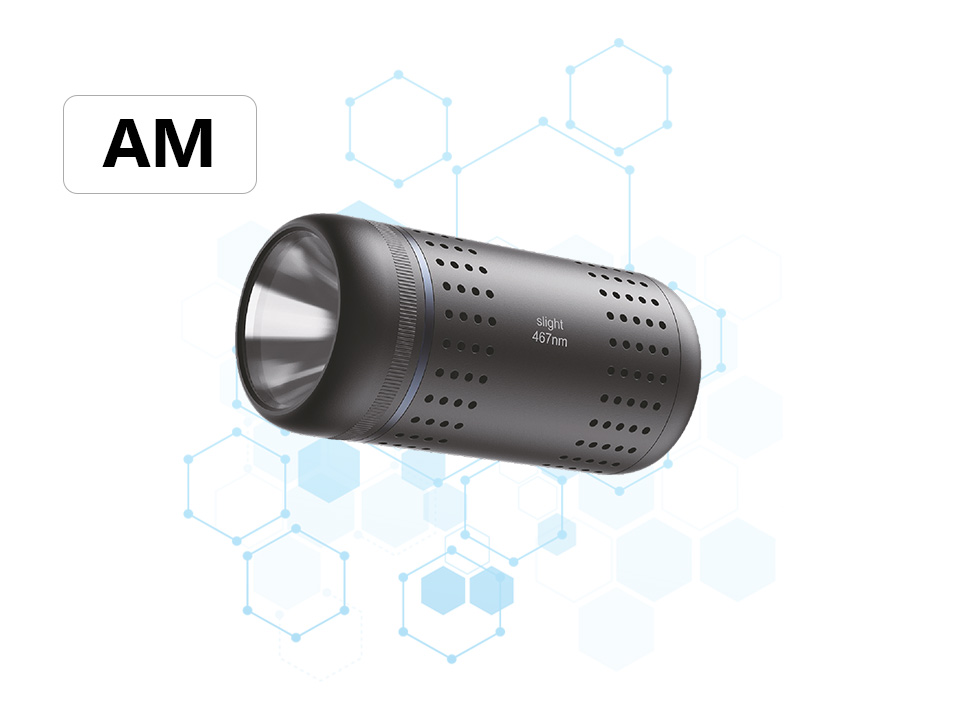3S Tech 10-station Photochemical Reactor

The 10-station Photochemical Reactor launched by 3S Tech is a highly efficient and versatile device specifically designed for photochemical experiments. It is suitable for small-scale synthesis, catalytic research, or material modification in scientific research institutions, university laboratories, and chemical enterprises. Below is an analysis of the core features and advantages of this equipment:
I. Core Functions and Design Highlights
Multi-station Parallel Processing
The 10 independent stations can operate simultaneously under different reaction conditions (such as light intensity, wavelength, temperature, etc.), significantly enhancing experimental efficiency, especially for high-throughput screening or comparative experiments.
Each station is equipped with an independent control module to prevent cross-interference and ensure data accuracy.
Precise Light Source ControlThe LED light sources cover a wavelength range from ultraviolet to visible light (e.g., 250 nm, 365 nm, 950 nm, etc.), meeting diverse reaction requirements.
The light intensity is adjustable, and some models support pulsed illumination to simulate natural light conditions or specific reaction kinetics.
Temperature and Atmosphere ControlAn integrated temperature control system (e.g., circulating water bath or semiconductor refrigeration) enables precise control of reaction temperatures (-20°C to 150°C), accommodating reactions such as low-temperature polymerization or high-temperature decomposition.
Modular DesignComponents such as stations, light sources, and reaction vessels can be quickly replaced to accommodate reactors of different volumes (e.g., test tubes, flasks, microreactors) or materials (e.g., quartz, glass).
II. Applications
Organic Synthesis
Photocatalytic C-H bond activation, alkene cyclization, free radical polymerization, and other reactions.
Materials SciencePreparation of photoresponsive materials (e.g., photochromic molecules, fluorescent probes), photodeposition of nanoparticles.
Environmental ChemistrySimulation of sunlight-induced degradation of pollutants (e.g., dyes, pesticides, pharmaceutical residues).





